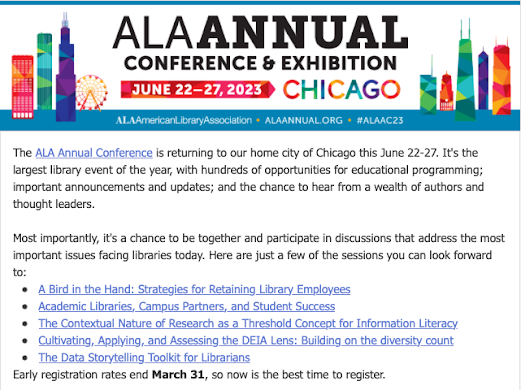what is reading storytelling?
Welcome to the first post of my newly remodeled (one might almost say reincarnated) blog. In the past two years, since tenure and the coda (below), I've taken a brief sabbatical (Aug-Nov 2013), started a new position (Interim Assistant Dean for Student Affairs, and then Assistant Dean for Student Affairs as of Aug 2014), and found that reorganizing, managing, and growing a team with eight staff members takes much of my creative energy. However, it's an honor to be in a position to serve our students at the Graduate School of Library and Information Science and to work with such an exceptionally professional team.
Storytelling has been part of my regular teaching for just over a decade, with a course by that same name and a Storytelling Festival every spring. Here's the latest iteration of the course description:
Fundamental principles of the art of storytelling including techniques of adaptation and presentation; content and sources of materials; methods of learning; practice in storytelling; planning the story hour for school and public libraries and other public information settings; and audio, video, and digital media. 3 undergraduate hours. 2 or 4 graduate hours.
I'm revitalizing this blog as a space to talk about a new topic, bit by bit, as I develop new post-tenure research directions, finally off the "clock." That topic is: reading storytelling.
By "reading storytelling," I mean several different but interrelated things.
First, I mean “reading” as in not just listening and hearing, but also recognizing story as story and teller as teller in the moment. This is the first step to thinking about narrative function in any situation. Stories flow so seamlessly in and out of our daily lives that it can be tricky to catch the beginning-middle-end structure. So, first and foremost, I mean to investigate how storytelling pops up in our daily lives, from formal to informal, from storytelling festivals to casual conversations. While "reading" may seem like an odd metaphor for this, I hope this metaphor emphasizes that we have to activate our senses to catch stories as they flow by. It's as though life were a Barthesian writerly text, and one has to be an active "reader" to identify storytelling.
Storytelling has been part of my regular teaching for just over a decade, with a course by that same name and a Storytelling Festival every spring. Here's the latest iteration of the course description:
Fundamental principles of the art of storytelling including techniques of adaptation and presentation; content and sources of materials; methods of learning; practice in storytelling; planning the story hour for school and public libraries and other public information settings; and audio, video, and digital media. 3 undergraduate hours. 2 or 4 graduate hours.
I'm revitalizing this blog as a space to talk about a new topic, bit by bit, as I develop new post-tenure research directions, finally off the "clock." That topic is: reading storytelling.
By "reading storytelling," I mean several different but interrelated things.
First, I mean “reading” as in not just listening and hearing, but also recognizing story as story and teller as teller in the moment. This is the first step to thinking about narrative function in any situation. Stories flow so seamlessly in and out of our daily lives that it can be tricky to catch the beginning-middle-end structure. So, first and foremost, I mean to investigate how storytelling pops up in our daily lives, from formal to informal, from storytelling festivals to casual conversations. While "reading" may seem like an odd metaphor for this, I hope this metaphor emphasizes that we have to activate our senses to catch stories as they flow by. It's as though life were a Barthesian writerly text, and one has to be an active "reader" to identify storytelling.
Second, I mean “reading” as interpreting. I mean that, when we hear and see or even read someone telling us a story, we have to look beyond the form to understand not just the sign and signifier, but the meaning of storytelling in a given situation. Like anthropologists studying culture, the reader of storytelling must interpret what is told, attempting to ascertain both the meaning that the teller ascribes to the story (conscious or unconscious) as well as the meaning that the story conveys to its audience. One topic I want to explore in greater depth is the overlap and/or tension between the social or personal function of a story and the meaning of that story.
Third and finally, I mean “reading” as in literally reading. This blog was “what kate reads” for many years, and in that
tradition I’ll continue to post things I’ve read here, with a focus on those
that analyze, promote, and criticize storytelling. Reading what
others have written about storytelling is fascinating, since we’re at a moment
when the topic has exploded—in a very long, slow detonation way—in the public
imagination. This has led to the
production of many books and articles, and I’ll write about my reading (one might say, “review”)
here. As it was before, this blog will be a personal tool for me to track my reading path through the vast topic of storytelling.
These days, I'm most interested in storytelling in organizations. I'm now a storytelling consultant for our campus-level advancement (read: fundraising) team, and I hope that an upcoming conference presentation will launch the possibility of further consulting projects elsewhere. I'm particularly interested in how storytelling functions and contains or conveys meaning in higher education settings. In the next post, I'll describe my preliminary plans for investigating storytelling in higher education.
